I am off on more adventures (it has been a very busy spring) and just finished my first day in Egypt and what a day it was. First off- what exactly am I doing in Egypt you may ask? Well- if you want to know about evolution and speciation in Barn Swallows you have to go to Egypt. We think that barn swallows were originally from Africa and dispersed through Egypt to the rest of the world. In this sense all the barn swallow subspecies that we are studying should all be related to the Egyptian subspecies (Hirundo rustica savignii). The Egyptian swallows are the “oldest”, or most ancestral subspecies and are therefore fascinating to study. We have planned this project for years, but things have finally reached a level of stability in Egypt for this project to finally happen (hopefully). This is also possible because us finally having a collaborator on the ground.
We have planned this project for years, but things have finally reached a level of stability in Egypt for this project to finally happen (hopefully). This is also possible because we finally having a collaborator on the ground. Bazma Sheta is a native Egyptian who did her PhD studying the transmission of bird flu as a graduate student at UCLA. She is now back living in Egypt and is a professor at the University in Damietta. She is helping make this swallow work happen and is in charge of the Egypt logistics. My comrade on this adventure is Liz Scordato, a postdoc in the Safran lab and the person really leading this research. I am along for the ride, and to count and collect parasites of course. Liz is also writing a great blog about this project and our trip. You can find it here at: the barn swallow project. She has done amazing field work around the world and has some great stories to share.
We had a long flight here (Denver -> Minneapolis -> Paris -> Cairo) and finally made it to the airport hotel to fall into bed many many hours after we left Boulder, CO. It was quite a fancy hotel and I think we may have been the only people to ever show up with dirty backpacks for luggage. The next morning we managed to pull ourselves out of bed in time to meet Basma. Our first real day in Egypt start with a trip to Tahrir square in the middle of Cairo. After several security checks, we walked around the square and talked about the revolution, which Basma had decided to join for a few days while she was in Cairo getting paper work signed. Apparently different collaborators from her grad student lab had shown up for fieldwork the day the revolution began and she had to rush them to the American Embassy and they had immediately been flown home. I am glad our arrival into the country went more smoothly. After hearing about this square so much in the news, it was crazy and a little surreal to actually be there in person. It was smaller then I had thought, but I guess a place that has played such a central role in changing the entire structure and leadership of a country is easily enlarged and made grander by the imagination. It is rather plain, with red and tan stones and fake grass. No statues, no monuments or fountains, but it had the two main ingredients to be the birthplace of a revolution- it was a large place where people could gather and it was near the government buildings in the center of the city. While walking through the square we did see a pair of barn swallows swooping above us. So they are here, and they apparently live in the middle of Cairo! Near the square is the burnt out shell of a building that served as the party headquarters of the Mubarak regime. Revolutionaries set it on fire and the blackened building remains today as a monument to the Revolution. It stands right next to the national museum and Basma told us that the revolutionaries protected the museum from looters and from catching on fire itself during the revolution.
We next went to the Egypt National Museum, which was jaw dropping. This museum has the most amazing Egyptian artifacts, rooms and rooms of the most incredible things and the building represented more of a storage room then a museum. Unfortunately I was not allowed to take any pictures. We could have spent a week there and still not had time to look at everything. All of the things found in Tutankhamun's tomb, including his mummy, sarcophagus, and of course his gold mask (which has 17kg of pure gold). We saw the mummy of Ramses and many others, chariots, animal mummies, papyrus scrolls, jewelry, huge marble sculptures that reached the ceiling, and so much more. One of the highlights was finding a barn swallow painted on one of the papyrus scrolls, it was so accurate and it even had a dark breast and short tail streamers (hallmarks of the Egyptian subspecies). Clearly they have been around for a long time. The incredible craftsmanship and clear wealth and sophistication of ancient Egypt culture were so apparent. They invented writing, they were one of the top civilizations on earth and here is a fun fact, they were around and thriving longer then they have been gone as of today.
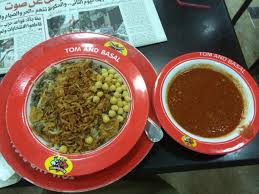
After the museum we went for a classic Egyptian lunch at Tom and Basals (which means garlic and onion in Arabic), for charcoteri, a traditional dish with layers of rice, lentils, pasta, and caramelized onions with tomatoes sauce. It tasted like very delicious and interesting Spaghetti Os. You can also add some homemade chili sauce if you want more zip. Liz and I were delighted at the chance to spend the day in Ciaro and see the square and the museum. This was an unexpected given the current level of unrest, but we felt totally safe with Basma and her husband Momdouh as our guides.
It was a long drive from Cairo to Damietta, where we will be staying and catching swallows. We drove for hours past huge expanses of sand and desert, past men on donkeys, herds of goats, piles of trash, date farms, and lots of new construction. The road was fine in some stretches and filled with speed bumps and giant holes in other sections. We got stuck in a few traffic jams with lots of honking. Egypt definitely has the distinct feel of a developing country. Finally we got our first glimpse of the green Nile delta, such a difference from the desert surrounding it with water, birds, boats and tall papyrus plants. In another hour we saw larger boats and a huge expanse of water, which Basma informed us was the Mediterranean sea.
Before settling down for the night in our hotel, we stopped by a market to pick up some food. One story to share from this is when the man behind the cheese counter offered me a taste of some soft white cheese we were thinking of buying. It was so incredibly salty I almost could not eat it, which is really saying something because I love salt. It tasted like a mouthful of sea water. We opted for the cheese that was suppose to be less salty, which I can assure you it is still very salty by our taste. The dates, however, are excellent.
Tomorrow Liz and I are planning to spend the morning walking around the city of Damietta looking for barn swallow nests. Let the fieldwork begin.
Before settling down for the night in our hotel, we stopped by a market to pick up some food. One story to share from this is when the man behind the cheese counter offered me a taste of some soft white cheese we were thinking of buying. It was so incredibly salty I almost could not eat it, which is really saying something because I love salt. It tasted like a mouthful of sea water. We opted for the cheese that was suppose to be less salty, which I can assure you it is still very salty by our taste. The dates, however, are excellent.
Tomorrow Liz and I are planning to spend the morning walking around the city of Damietta looking for barn swallow nests. Let the fieldwork begin.

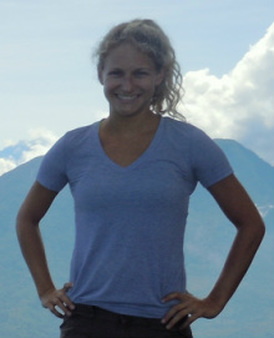
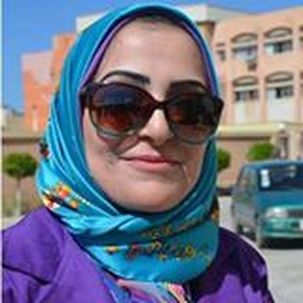
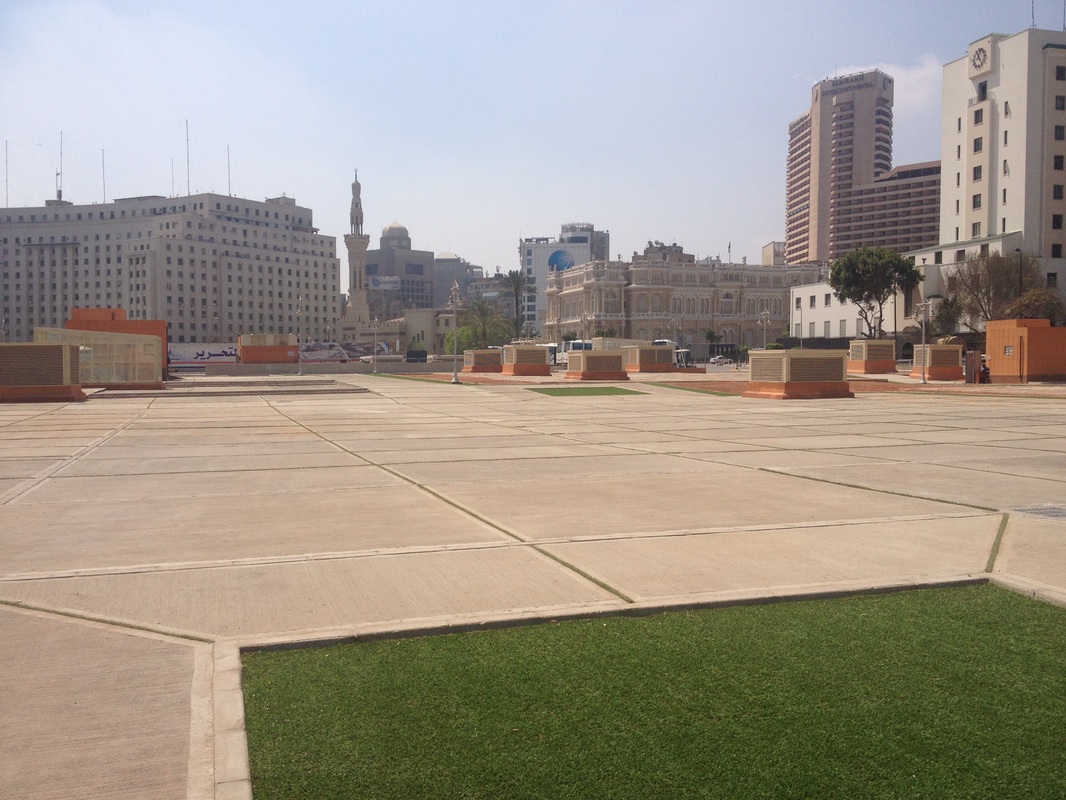
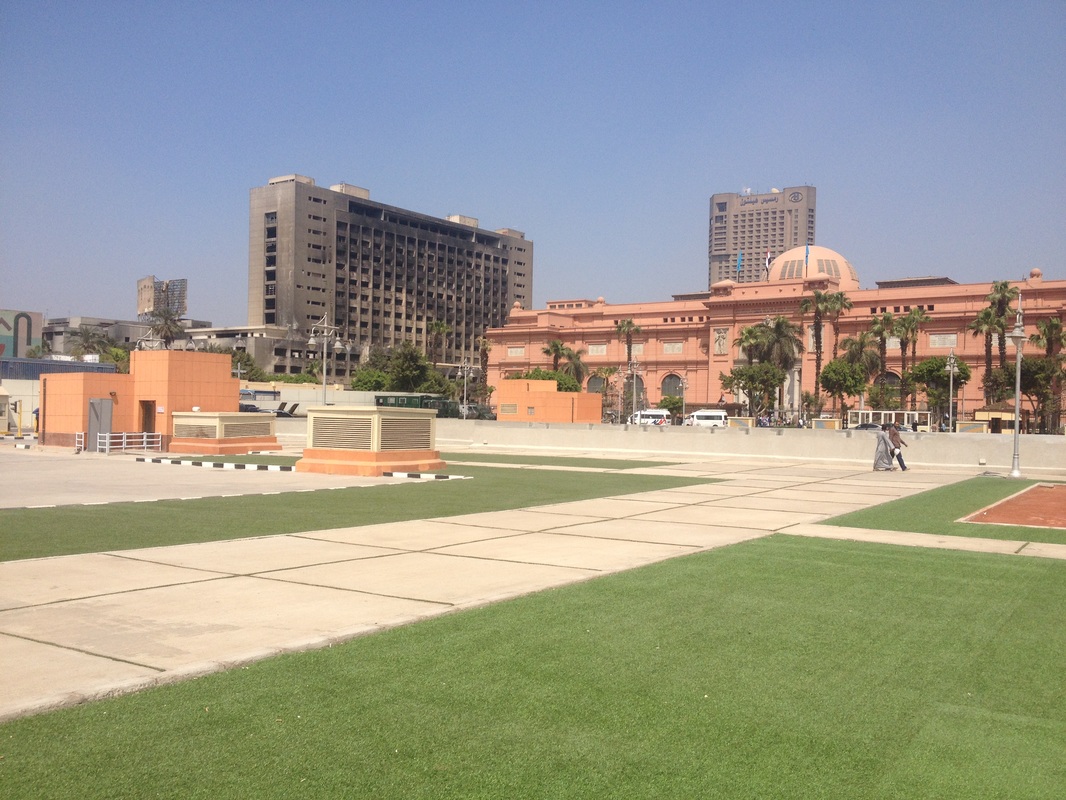
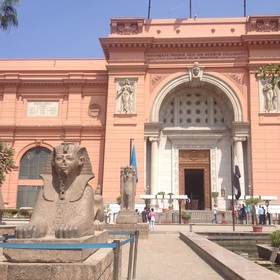
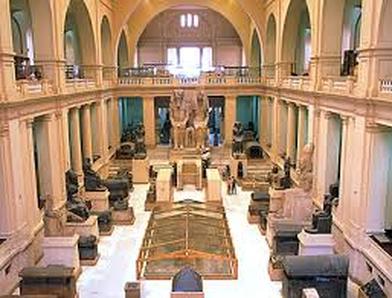
 RSS Feed
RSS Feed